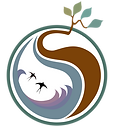WHAT IS ECOSENSORY THERAPY?
EcoSensory Therapy is an "evidence-based model of practice to support the socio-emotional, developmental, physical and behavioural needs of children, young people and adults." It was created by Claire Pemrick, Chris West and Dr. Matt Slavin, who are two occupational therapist and a clinical psychologist.
At Sense Outside we use the eight elements from the EcoSensory therapy model, to facilitate our therapy sessions. Our approach encourages a deep, emotional connection with nature. Activities develop cognitive and emotional resilience, reduce stress and promote physical activity by immersing children in the woodland environment. By touching the earth, feeling the textures of leaves, or walking barefoot on grass, we become part of the natural cycle, forming a deeper relationship with the environment.
In appreciating nature's beauty and reflecting on its signs and meanings, we foster a bond that goes beyond admiration to genuine compassion. This relationship inspires us to care for nature whilst recognising that our happiness is intertwined with the health of the natural world.
The Elements
Discover:
Promotes exploration, balance, coordination and curiosity.
Rhythm
Looking at routine sleep cycles and "environmental regulation"
Connect:
Encourages connections to self, others and the environment.
Ground:
Helps children connect with their inner self and understand their comfort in nature.
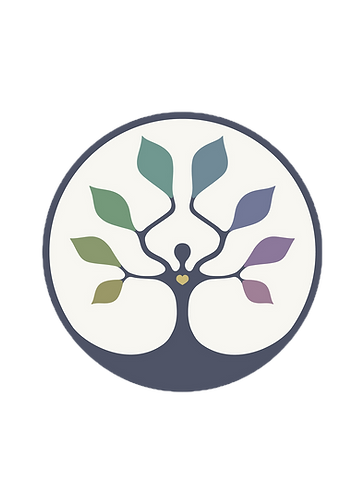
DISCOVER
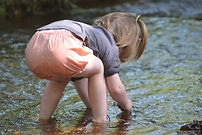
The Discover Element is all about establishing natural exploration in a diverse forest environment. We have woodlands, open clearings and a stream to explore. The rich biodiversity and the peace and tranquility provides a heightened awareness of sights, sounds and textures.
Create:
Inspires creativity and planning of activities.
Attend:
Promoting attention and concentration span.
Nourish:
Develops self-care and stress management.
Reflect:
Encourages reflection on nature and personal growth.
RHYTHM
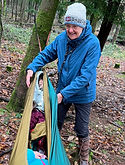
Early life experiences, sensory input and environmental factors can all help shape a child’s internal rhythms. Circadian rhythms are controlled by the brain’s internal clock and help to synchronise the body’s functions with their day/night cycle. Can we find the “just right time” to offer specific activities for the children to engage in?
GROUND

Grounding is a way of focussing on things right now. Asking ourselves what do we feel, what can we see, what can we hear, taste and smell? Does something feel particularly calming or relaxing? Can we focus on that sensation? Are we ready to engage in our activities?
NOURISH

Feeling nourished ourselves fuels our overall well-being, and allows us to thrive physically, mentally, and emotionally. When we are nourished, we have the energy and resilience to engage with life, cope with challenges, and pursue our goals. Being nourished helps us to care for others and contribute to our communities.
CREATE

Creating in nature involves a blend of imagination, practical skills, and thinking ahead; natural explorers are often adept at all three. Children are encouraged to plan and suggest creative ideas that work with the environment, such as building dens from natural materials or crafting art using leaves and wood.
ATTEND

Children’s attention can be internal with focus on their own thoughts, emotions or sensory experiences within their bodies. Externally children’s attention may be drawn to specific stimuli such as sounds, patterns or objects. Are they feeling safe enough to engage in activities or is the environment overwhelming? How can we encourage engagement with the tasks and people around?
REFLECT
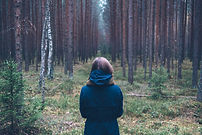
Reflecting on life through nature's metaphors helps us connect deeply with the natural cycles of seasons, growth, and decay. We can experience periods of renewal with growth, challenge and rest, just as nature moves through the seasons. Reflecting on these patterns fosters a sense of interconnection between us & the natural world, encouraging us to embrace change, find balance, and respect the cycles of life.
CONNECT
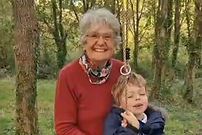
Social connections and positive interactions are essential for building strong healthy relationships. Can we foster trust, empathy and mutual support to create a sense of belonging and emotional well-being? We will engage in meaningful conversations and work together to reduce stress, find happiness and create a community.
